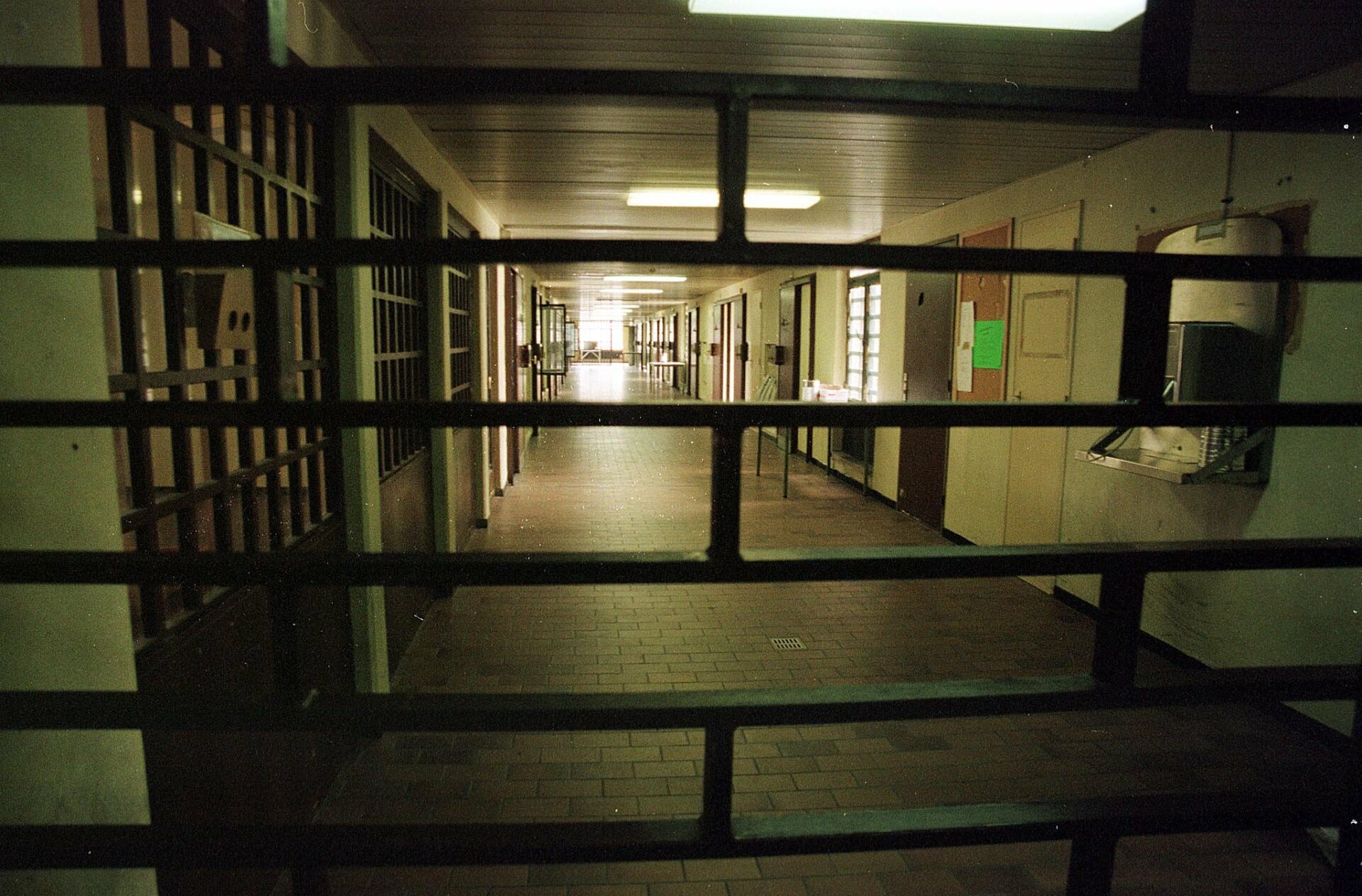The Belgian prison system is one of the most overcrowded in Europe. Measures taken in recent months have had a positive effect, but still, a record number of people are incarcerated. More stringent steps are now being explored.
Despite new prison openings and anti-overcrowding measures such as a temporary scheme to reduce prisoners' sentences, Belgium's penitentiary system continues to suffer a chronic lack of capacity.
"The pressure remains very high, and the situation is worrying," the Director General of the Prison Service, Mathilde Steenbergen, wrote in an internal email to prison staff, Het Nieuwsblad reported. The latest figures show that a record number of 12,575 people are in prison, with room for just 11,020 inmates. As a result, 118 inmates have to sleep on the floor, a figure that would be higher had the Prison Service not started using bunk beds.
The record-high number of incarcerations is the result of the outgoing government's decision to have all sentences, including short ones, served, as well as a rise in the number of internees, long-term prisoners, and people in pre-trial detention.
Not exceeding capacity
Steenbergen, who took office on 1 September and made tackling overcrowding her priority, announced new measures in internal communication. In the short term, until 12 November, prisons will be closed to people receiving a jail sentence of fewer than five years. Only those convicted of serious crimes such as sex offences, intrafamily violence, terrorism, and people who pose an immediate danger to society or their victims, will be imprisoned.
Undocumented prisoners can now also leave prison early if they are six months away from the end of their sentence, as long as the Immigration Services (DVZ) can issue an order to leave the country within five days. Additionally, inmates will be better spread across prisons – specifically, locked institutions in Kortrijk and Forest will be fully utilised.

Credit: Belga
For the longer term, a study is being conducted into the possibility of introducing a population threshold for prisons, which cannot be exceeded. To this end, each prison's capacity would be colour-coded into three phases: green, orange and red.
The red phase would be synonymous with urgent overcrowding and indicate that measures are needed to reduce inflow and increase outflow from the affected prison. If this has no effect, inmate intake will be halted at the prison in question, and convicted people will end up on a waiting list. Only once a prison bed becomes available will they be let into the system. The exact threshold has not yet been decided.
Reducing recidivism
A similar system is already in place in the Netherlands. Placement magistrates in the country can call the prisons after a conviction, and can even ask for a prisoner to be released to make room.
With these measures, Steenbergen wants to bring back the purpose of prisons – namely to guide inmates to becoming a better person before they leave prison to reduce recidivism. The current overcrowding hampers this process as social workers are overworked. She argued that simply locking people behind bars does not help protect society.
Trade unions reacted moderately positively to the ideas put forward, however, criticised the vagueness, Belga News Agency reported. "We think that first and foremost there should be more clarity on how the limit of certain prisons will be determined," said Robby De Kaey of the socialist trade union ACOD. The Christian trade union ACV argued the colour-coding system would add to the already large workload.
Unions did welcome the decision not to execute sentences shorter than five years, which they have been requesting for a long time. "This can certainly have a positive impact on the working conditions of our staff in prisons, and we hope that this measure will remain in the longer term."

